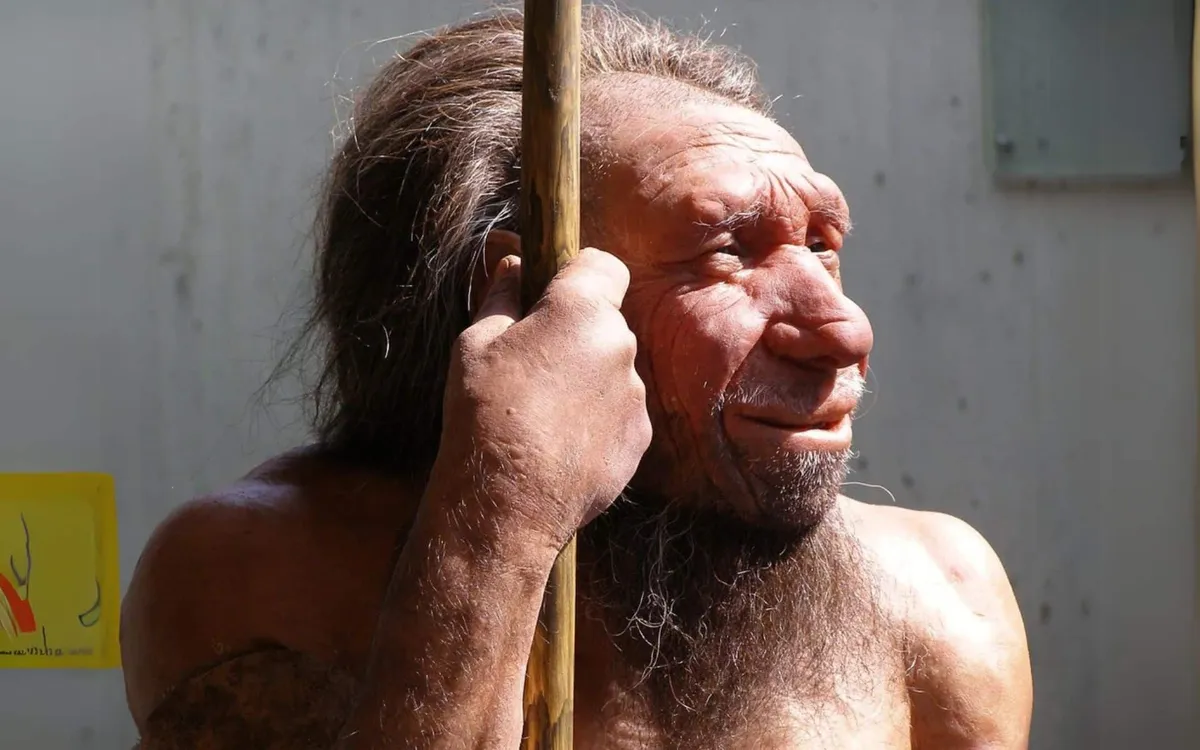
The Neanderthal population, a species that thrived in Eurasia for over 250,000 years, encountered a notable decline in genetic diversity around 110,000 years ago. Recent studies have identified this event as a genetic bottleneck, which significantly reduced their population size and led to a loss of variability in both their physical and genetic traits.
While the extinction of Neanderthals around 40,000 years ago is well-documented, this earlier population collapse indicates that Neanderthals had been struggling for survival long before their eventual disappearance.
Researchers analyzing both fossil records and DNA evidence have discovered that this sudden reduction in numbers significantly altered the trajectory of Neanderthal evolution on Earth.
For decades, scientists believed that Neanderthals evolved gradually with relatively stable populations. However, recent research presents a more complex and volatile history for Neanderthals. Fossils from various periods reveal that early Neanderthals exhibited significant genetic and morphological diversity, suggesting they had a wide range of physical traits. This diversity likely equipped them to adapt to different environments across Europe and Asia.
However, around 110,000 years ago, something catastrophic occurred. The diversity that once characterized Neanderthal populations sharply declined, indicating a significant loss of individuals and possibly entire groups. Fossil evidence suggests that between 430,000 and 120,000 years ago, Neanderthal diversity actually increased before experiencing a dramatic collapse. This event may have had long-term consequences on their ability to withstand later environmental challenges.
To better understand this population collapse, scientists analyzed the bony labyrinth—a component of the inner ear responsible for balance and movement—in Neanderthal fossils. This method provides a unique way to study genetic variation when DNA is too degraded for analysis.
The findings revealed a clear pattern: earlier Neanderthals, such as those from Krapina, Croatia (120,000–130,000 years old), exhibited much more variation in their inner ear structures than later, so-called "classic" Neanderthals. This aligns with genetic evidence suggesting a bottleneck event that severely impacted their population. Intriguingly, the study also challenges the idea that Neanderthals started with low genetic diversity from the onset.
Fossils from Sima de los Huesos, Spain (430,000 years old)—representing their pre-Neanderthal ancestors—displayed just as much diversity as early Neanderthals. This suggests that Neanderthals began as a genetically diverse species, only to lose much of that variation later.
The causes of this genetic bottleneck remain uncertain, but several theories have emerged. One possible explanation is climate change, as extreme cold periods may have drastically reduced food sources, forcing Neanderthal populations into decline.
Another hypothesis considers the role of competition with other hominins, particularly Denisovans, who occupied overlapping territories. While Homo sapiens were not yet widespread in Eurasia at this time, interactions with other hominin groups may have contributed to resource pressures.
Some researchers suggest that disease outbreaks could have played a major role, with a sudden epidemic devastating isolated Neanderthal groups, leaving only a small surviving population.
Finally, the study also challenges previous assumptions that Neanderthals had undergone an earlier genetic bottleneck at the origin of their lineage.